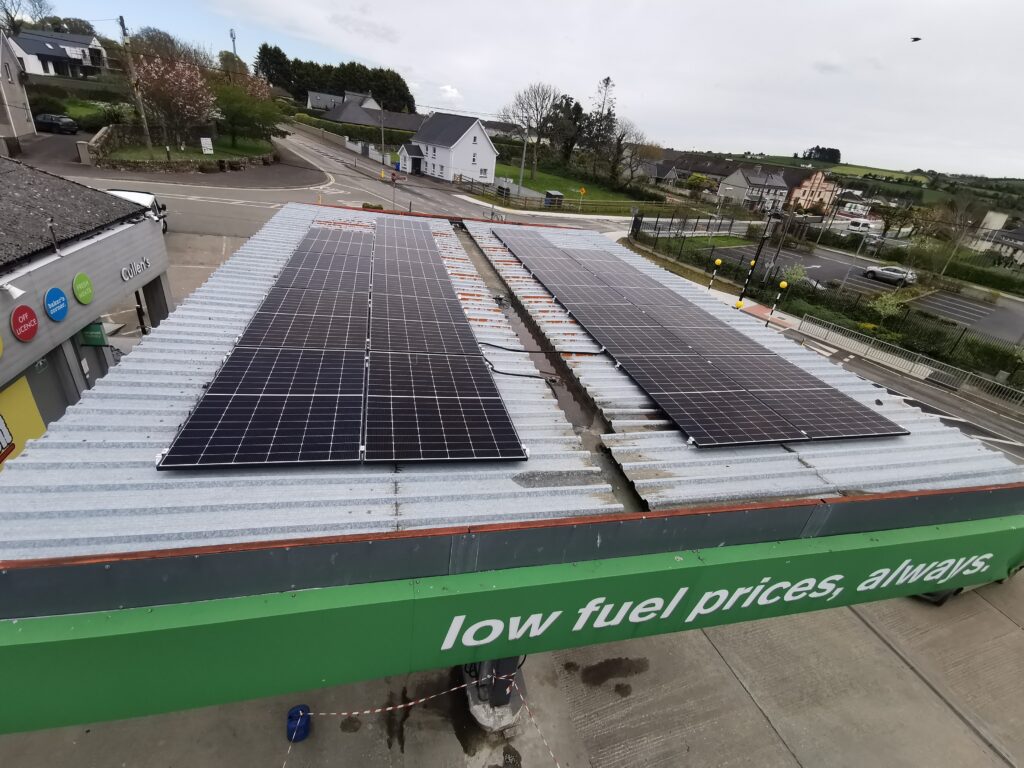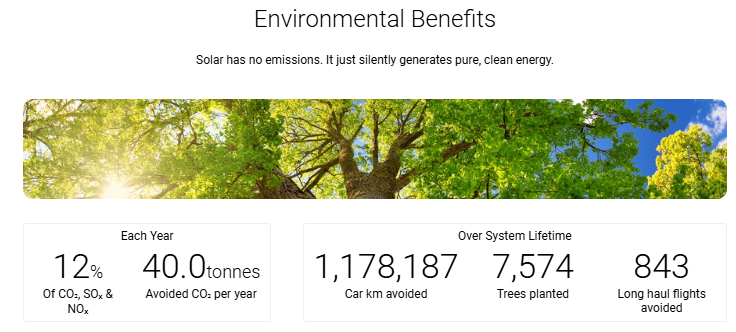31 Woodbine Business Park, Hewitsland, New Ross, Wexford,
One of the primary challenges faced during the project was the limited roof space available at Adamstown Pharmacy. The building, typical of many urban commercial structures, had a relatively small and irregularly shaped roof, which constrained the number and arrangement of solar panels that could be installed. Additionally, the pharmacy’s location in a visible area of the town meant that the installation needed to be aesthetically pleasing to maintain the building’s appearance, as any unsightly installations could affect the pharmacy’s community image.

The integration of the PV system with the pharmacy’s existing electrical setup posed a technical challenge. The building’s older electrical infrastructure needed to be upgraded to accommodate the new solar system. This integration had to be carefully managed to prevent any disruptions to the pharmacy’s operations, especially given the critical nature of its services, including the storage of temperature-sensitive medications.
For the integration with the existing electrical systems, the project team conducted a thorough upgrade of the pharmacy’s electrical infrastructure. This included installing a modernized breaker panel and ensuring that the new PV system was seamlessly integrated with the building’s power supply. The work was scheduled during off-hours to minimize disruption to the pharmacy’s operations, ensuring that the transition was smooth and did not impact the pharmacy’s ability to serve its customers.
The successful completion of the PV solar panel installation has resulted in substantial energy savings for Adamstown Pharmacy, alongside a reduced environmental impact. The project demonstrates the pharmacy’s commitment to sustainability and community responsibility, providing a model for other small businesses looking to adopt renewable energy solutions while maintaining their operational and aesthetic standards.
